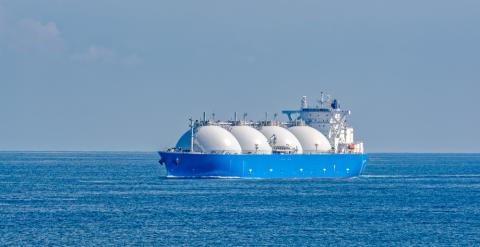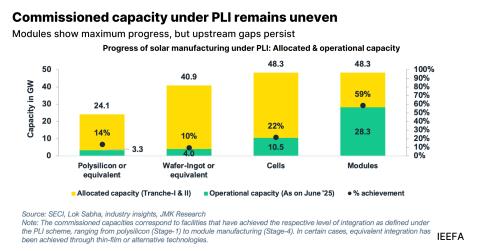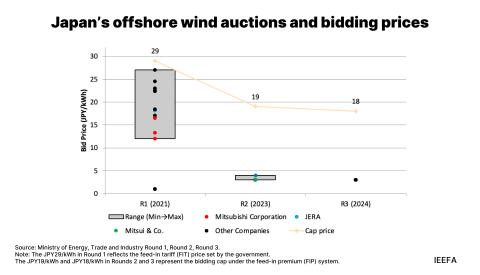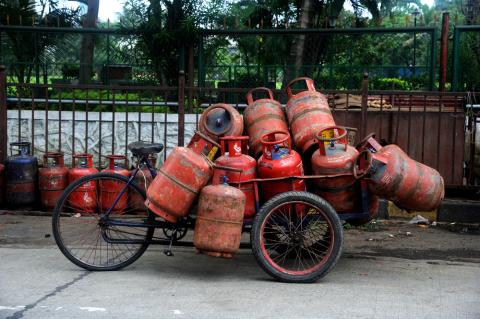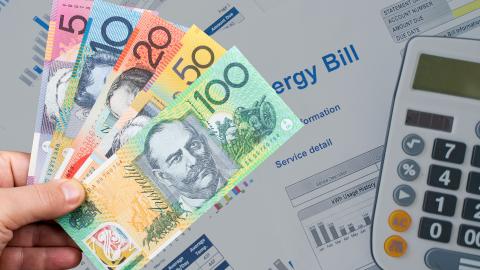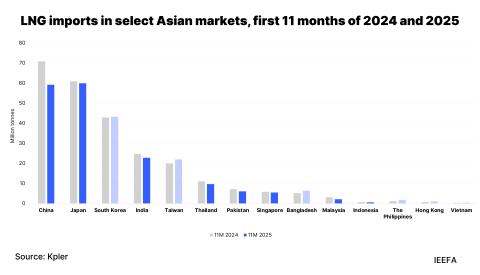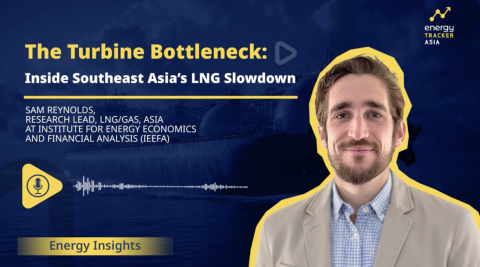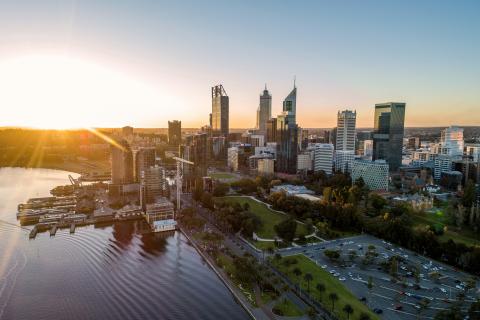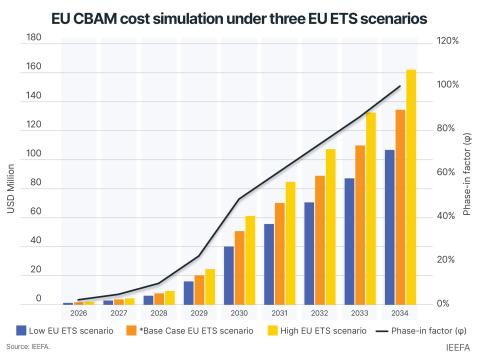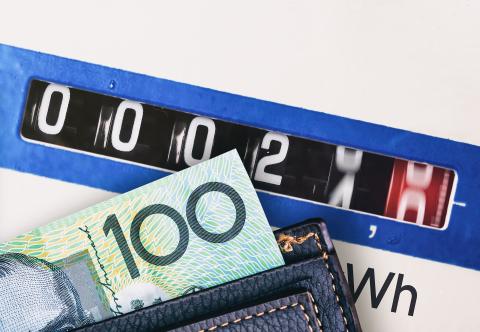Queensland LNG exports: A decade of high domestic prices, falling local demand
Download Briefing Note
View Press Release
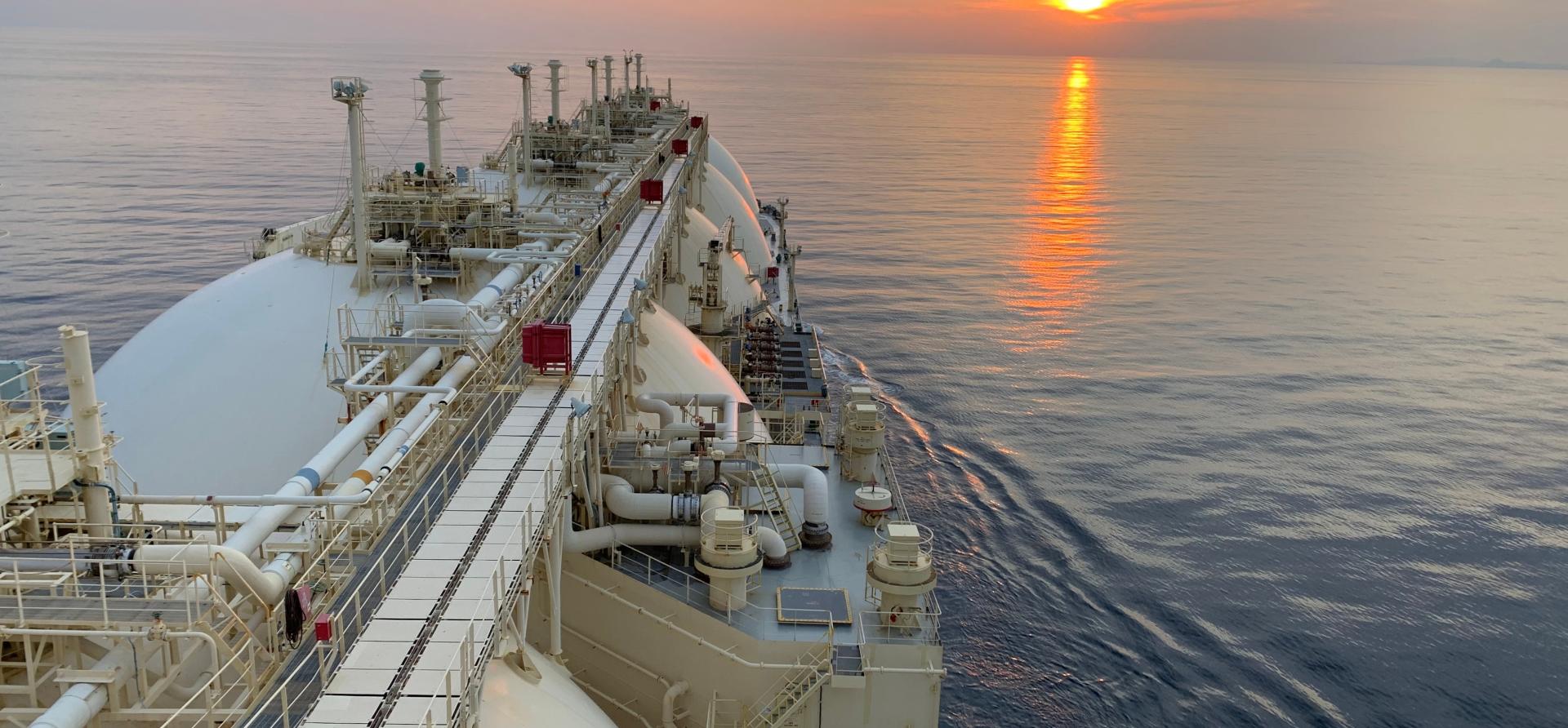
Key Findings
The reality of Queensland’s LNG export industry has failed to live up to the hype, plagued by cost blowouts and billions in asset write-downs.
The Queensland government’s expectations of an LNG revenue bonanza have not been met, with gas royalties remaining lacklustre by international standards.
As LNG export contracts expire, the industry faces a global supply glut, declining prices and demand, and stiff competition from cheaper overseas producers.
Exporting LNG has shackled eastern Australia’s gas supply to volatile global markets, driving up gas prices, constraining local supply and forcing manufacturers to close.
Queensland marked 10 years as an LNG exporter in January 2025, and has emerged as a key supplier of LNG, primarily to China. Besides boosting Australia’s energy trade with Asia’s largest economy, the industry has left a legacy of higher domestic gas prices, weaker domestic gas demand, lower than expected state royalty payments and poor financial returns for investors.
In the decade since Queensland started exporting LNG, domestic gas prices have tripled due to the stronger linkage between LNG export prices and domestic gas prices. Prices are likely to remain higher than pre-2015 levels for decades to come.
Correspondingly, gas demand in eastern Australia has dropped to a 25-year low, with large reductions in demand from the electricity and manufacturing sectors, which tend to be more price sensitive. There are indications gas demand may fall further in manufacturing, electricity and the residential market due to high gas prices, more competitive energy alternatives and government policy incentives.
Queensland’s three LNG projects – Queensland Curtis (QCLNG), Gladstone (GLNG) and Australian Pacific (APLNG) – have also soaked up gas reserves earmarked for domestic customers, contributing substantially to expected domestic gas supply gaps.
Royalties from the gas production for LNG exports have been largely below expectations for most of the past decade, amounting to 2.3% of the total LNG export revenue for the industry. But this share may increase after state royalties were amended in late 2020, although the impact of this change coincided with the surge in oil and gas prices due to Russia’s expanded invasion of Ukraine. Queensland’s petroleum royalties could, however, have been much higher had the state revised the gas royalty scheme to the same rate as the state’s coal royalties.
The three LNG projects at Gladstone have financially underperformed due to cost and schedule blowouts. This has led to asset write-downs by the operators, with the projects failing to deliver financial value to their shareholders. They now face significant financial risks as the global LNG industry enters a period of oversupply that is likely to push prices down materially. Future LNG demand from China is uncertain, with potential for significant gas over-contracting by 2030 putting in question contract renewals (once the existing LNG contracts expire).
In this context, it will be hard for the Queensland LNG industry to justify continuing to take gas away from a tight domestic market to supply its international consumers.
Exports drive tripling of eastern Australia gas prices
In the 10 years since Queensland started exporting LNG using the state’s vast coal-seam gas (CSG) reserves as feedstock, domestic gas prices have tripled due to the stronger linkage between LNG export prices and domestic gas prices, as well as higher production costs for CSG compared with conventional gas production.
On an annual average basis, prices across the short-term trading markets (STTM), declared wholesale gas market (DWGM) in Victoria and gas supply hub (GSH) at Wallumbilla in Queensland have all increased significantly (Figure 1).



